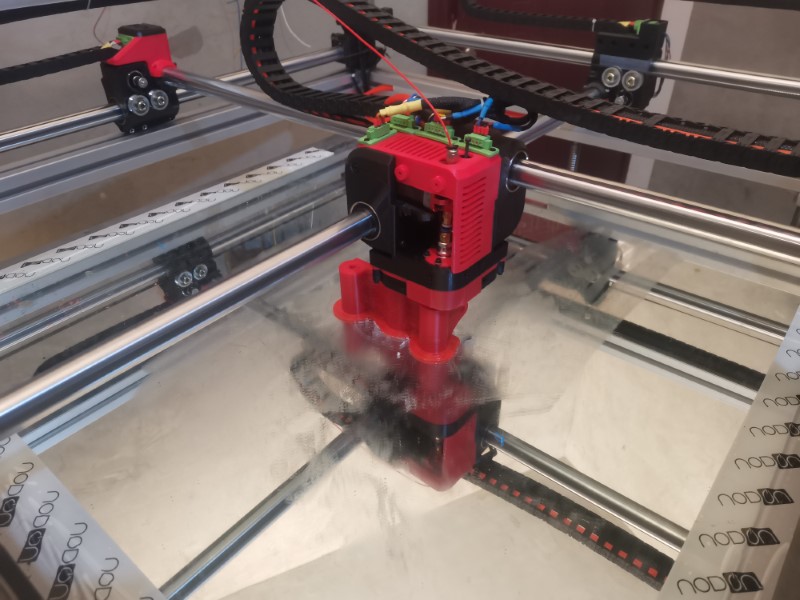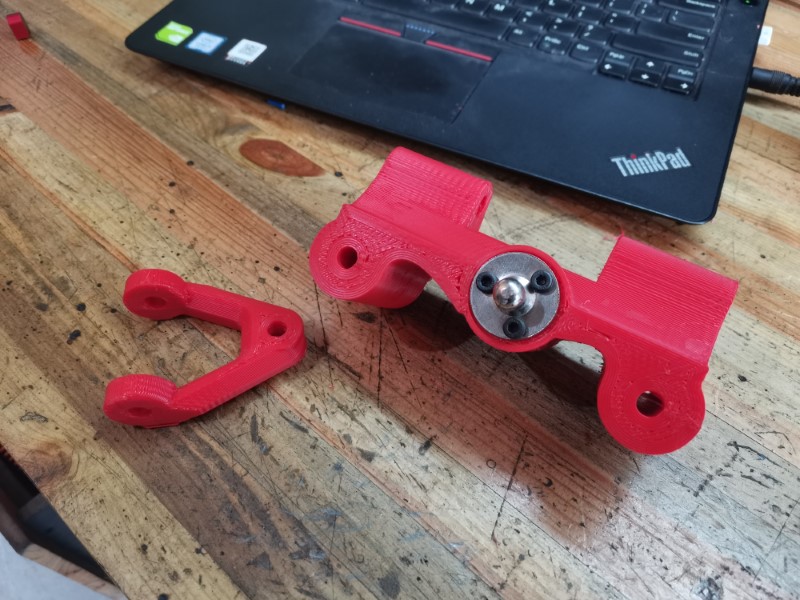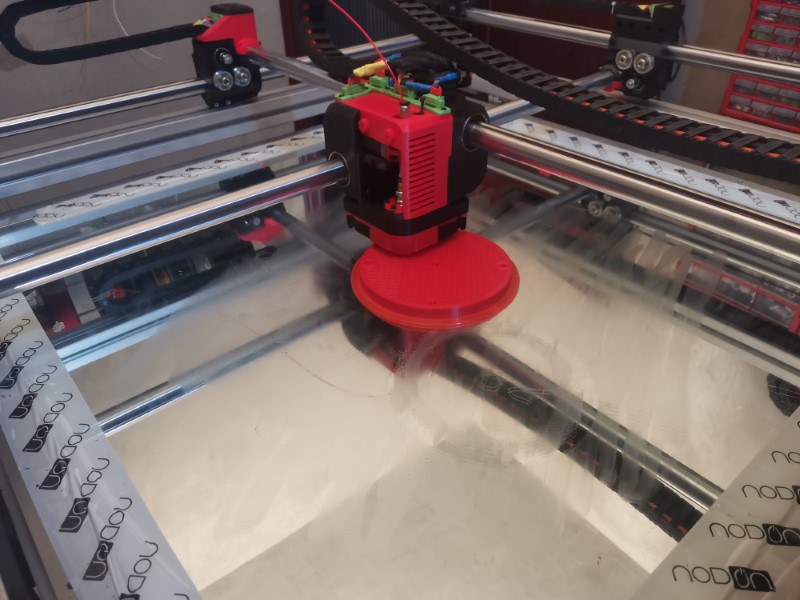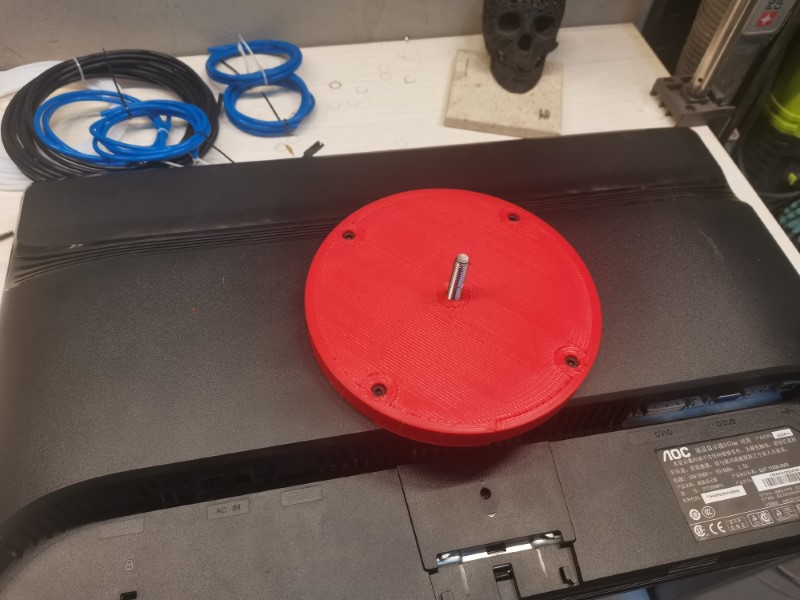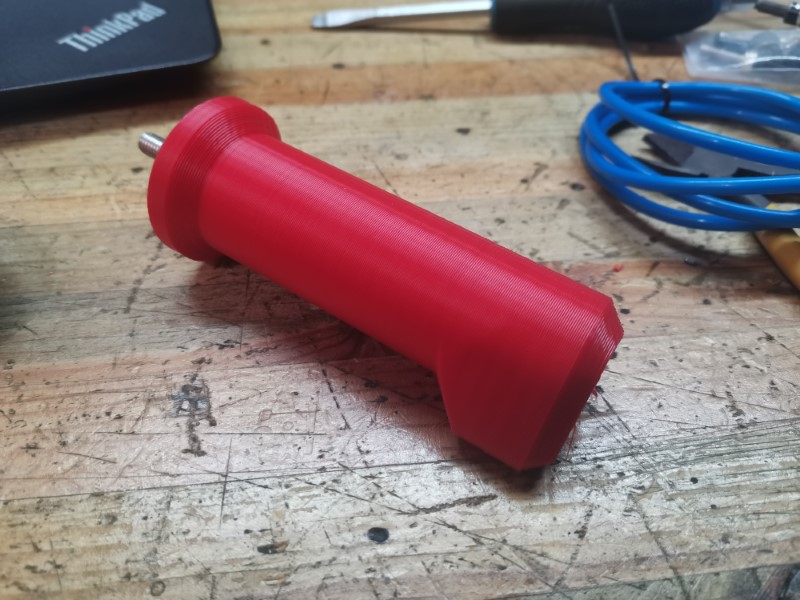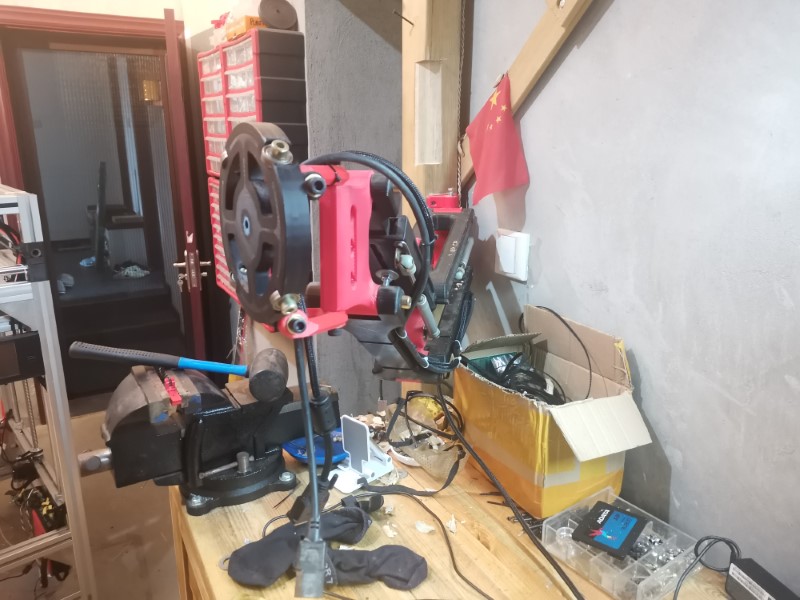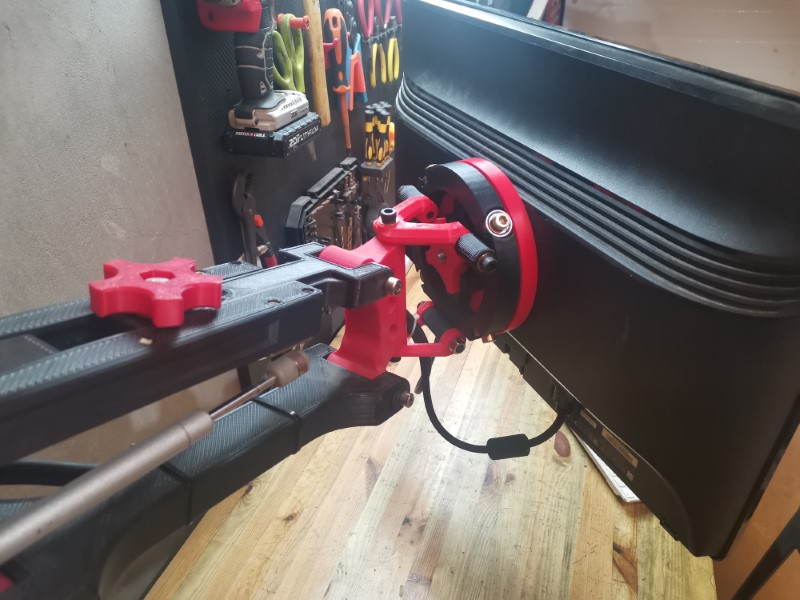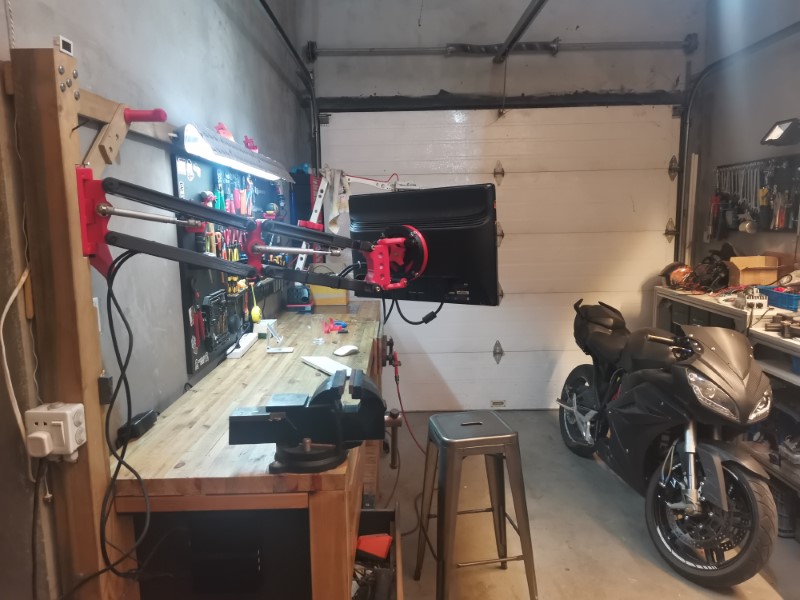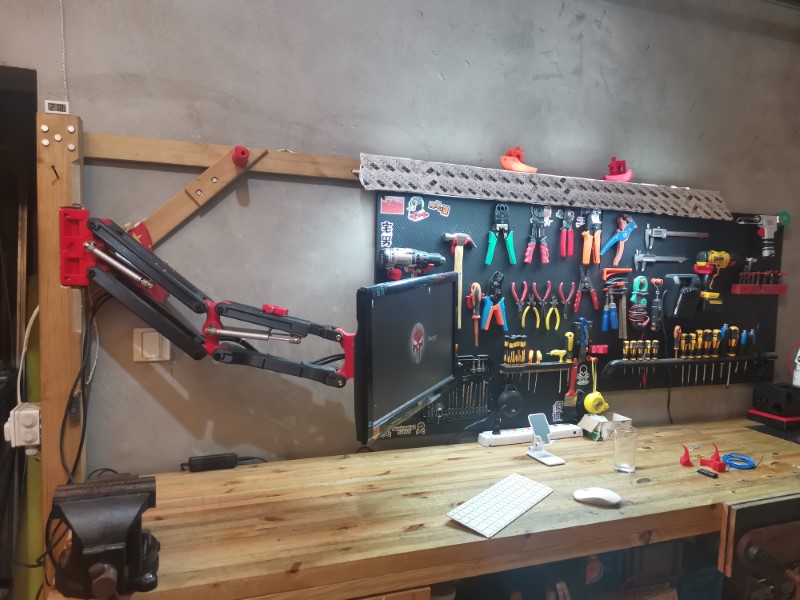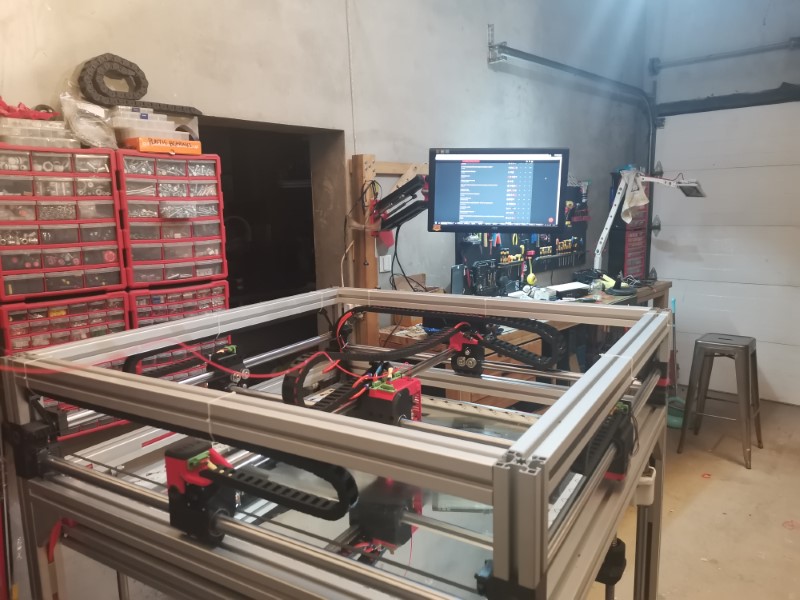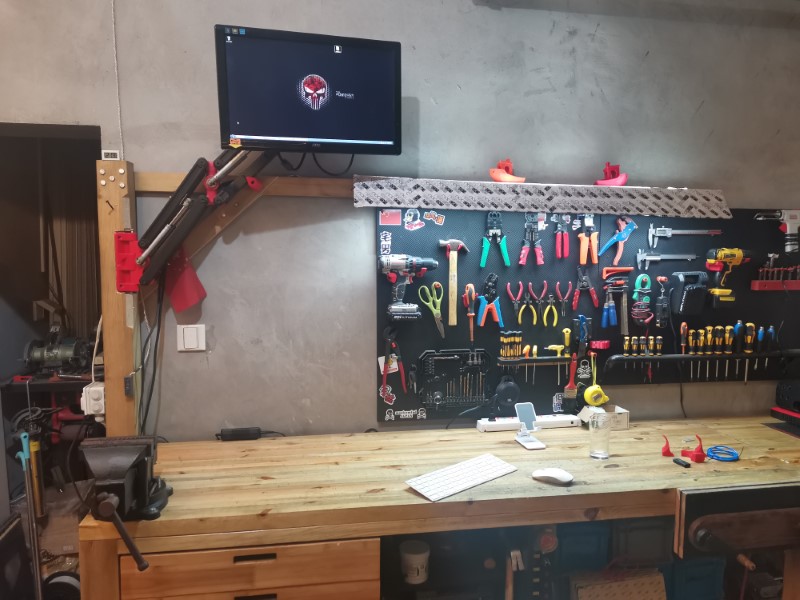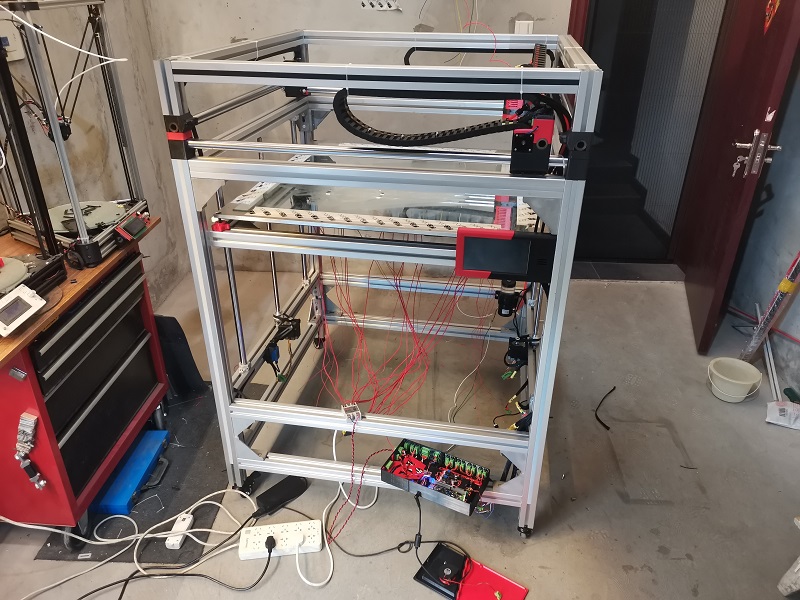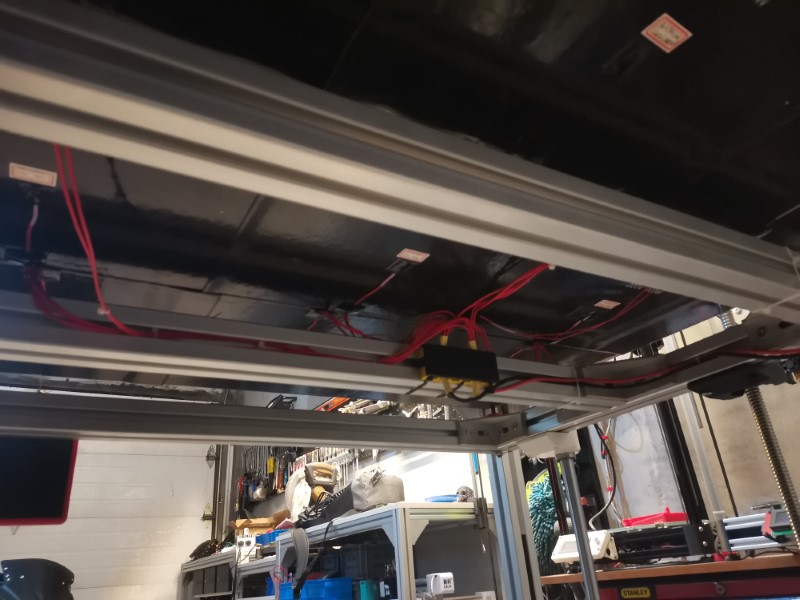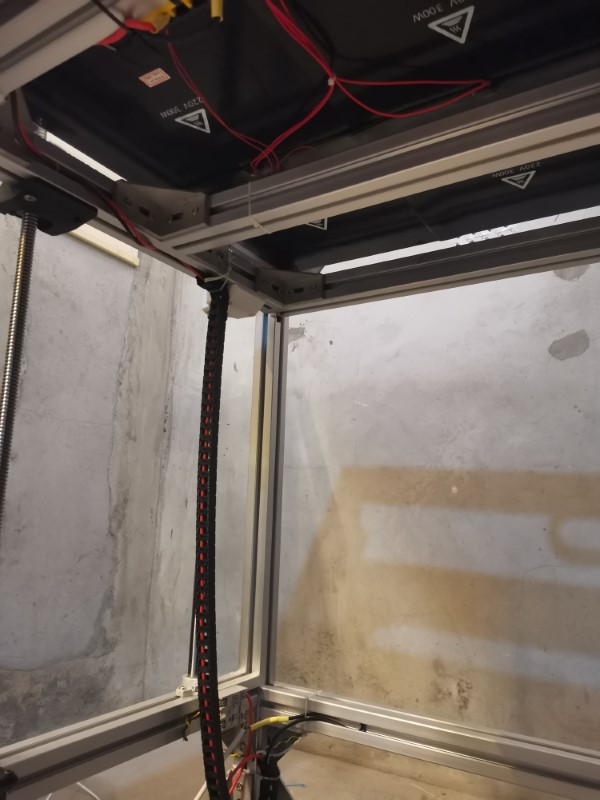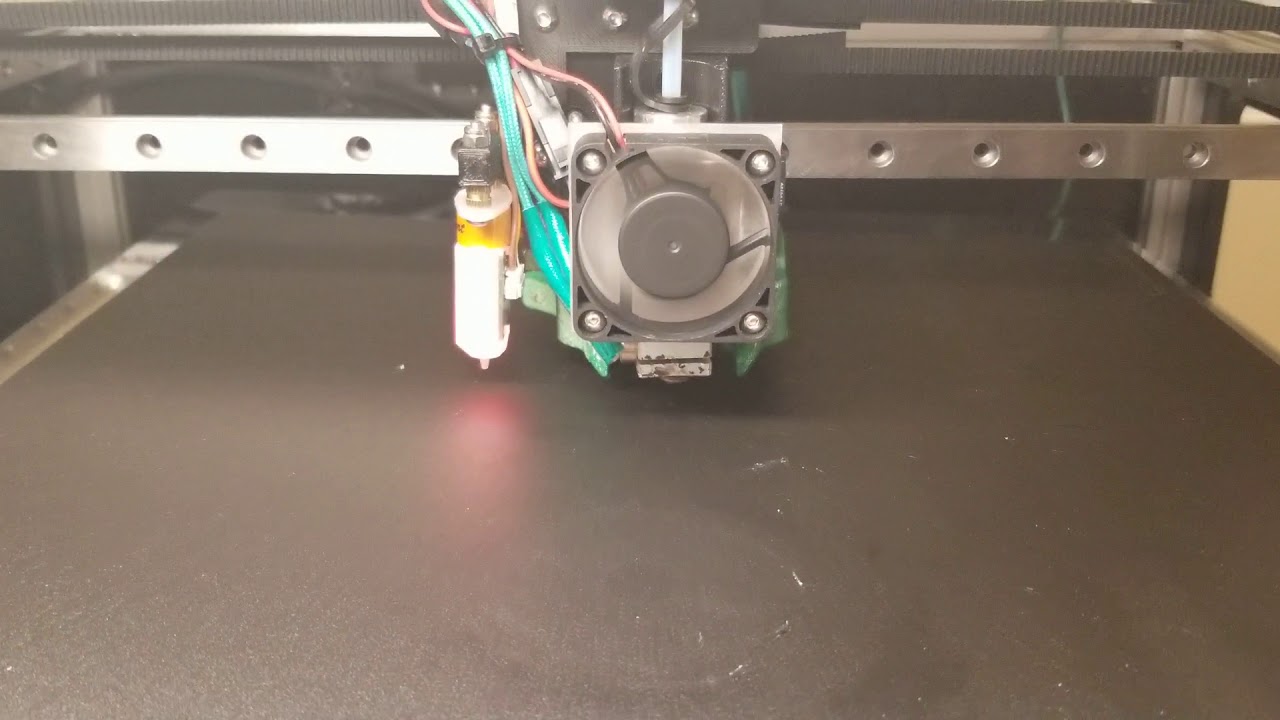So, that was a nice and productive weekend. I printed almost one kilo of PLA with almost no issue.
Only real issue I had was because I was a little bit stupid: I changed all my wiring except for the extruder motor… well, obviously the same thing happened and I had extrusion cuts for half of a print.
So, I just replaced this wire and after everything went well after that!
Other issue I’ll have to address is the extruding system: as you guys said it’s not great and I had a few issues with it binding sometimes at the very beginning of some prints. And also it’s not really easy to maintain, each time I had an issue I had to remove the print head, disassemble stuff, reassemble, etc. Takes 5-10 minutes but it’s tedious.
So I’ll look into the other systems that were mentionned and later update a little my design to make it more maintenance friendly.
Anyway, I have designed and printed this articulated arm for my laptop a few years ago. But since then, some parts broke (because I printed them too weak, just two layers and 25% infill) and I don’t want to keep using my laptop in the workshop.
My plan was to use a fanless mini PC, because that’s perfect in a very dusty environment, and so I just needed to convert my arm from laptop support to screen support.
So I printed a few parts, this time with 6 perimeters and 50% infill so they are really, really stong:
I’ve got no visible Z wobbling, the layer consistency and alignment is perfect so that’s really great
Then I put everthing back together:
The screen can be oriented in any position and can even rotate so I can put it in portrait mode if I need to. Sometimes it’s useful for coding, even though I rarely code.
!
It can be extended quite far:
I can read my favorite forum while keeping an eye on my machine:
And when I don’t use it, I just park it on the high position, so that I have all the work surface available on my workbench.
Super happy with it, it looks great, it feels sturdy and it’s really convenient. The Mini PC works really well too. It’s not a very powerful one but since I’m using it mostly to remote desktop on my server, I have all the server’s power available and all I ask from the mini PC is to be able to start quickly, which it does in less than 15 secs thanks to its nvme disk. Also I won’t ever have to be afraid of dust and it’s entirely silent.
Anyway, the printer seems to work fine, a few little details to adjust but it’s really promising now.
Also, I went insane all the way and got the Duet extension board… So I’ll have 5 more axis available to do even crazier stuff!


